Kruger National Park Wilderness Trails
Explore the Kruger National Park on foot over several unforgettable days of walking in the bush. These wilderness trails are popular and should be booked a year in advance. It is one of the best ways to immerse yourself in nature on a safari in South Africa's premier conservation area. Plains Camp in southern Kruger offers walking safaris, as do several lodges in Klaserie Private Reserve.
Need Advice?- Home
- >>
- African Travel
- >>
- South Africa
- >>
- National Parks
- >>
- Kruger National Park
- >>
- Wilderness Trails
A walk in South Africa's biggest National Park
Only for the adventurous, the Kruger National Park offers a few magnificent hiking trails that traverse unspoiled wilderness areas. Book at least a year in advance to avoid disappointment.
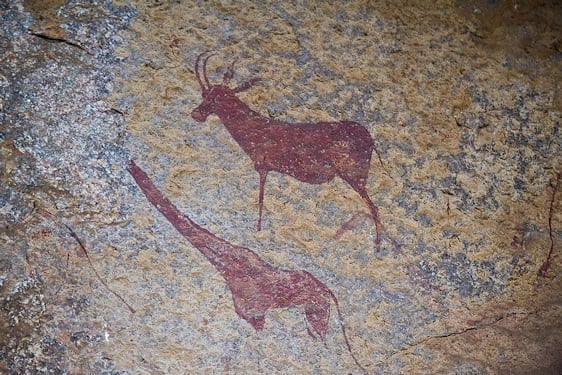
Bushman
The Bushman wilderness trail departs from Berg-en-Dal Rest Camp in the southwestern corner of the Kruger National Park. It is named for the numerous Bushman rock art sites in the surrounding area, which regularly feature on the trail route. The terrain is primarily broken, with deep, open valleys and rocky outcrops allowing great sightings and close encounters with big game. The area is frequented by rhinos and elephants, resulting in a convenient network of natural game paths. Antelope like kudu, klipspringer, and mountain reedbuck enjoy the rock-ribbed environment, while the high altitude invites the presence of red-throated wryneck and jackal buzzard.
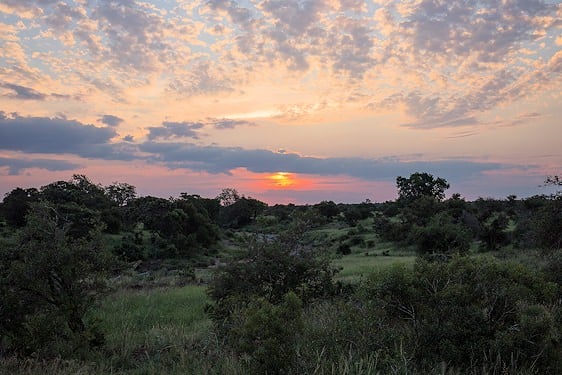
Mathikithi
Mathikithi is a wilderness trail that departs from Satara Rest Camp in the south-central stretch of the Kruger National Park. It is named for a lonely 313m (more than a thousand feet) high sandstone hill some 6km southwest of the camp, alongside the N'wanetsi waterway. The area comprises many high-lying rocky outcrops, which provide ideal vantage points for observing the game and enjoying refreshments at sunset or sunrise with your trail team. Many elephants and buffalo roam through the area, ensuring well-trodden game paths for comfortable hiking.
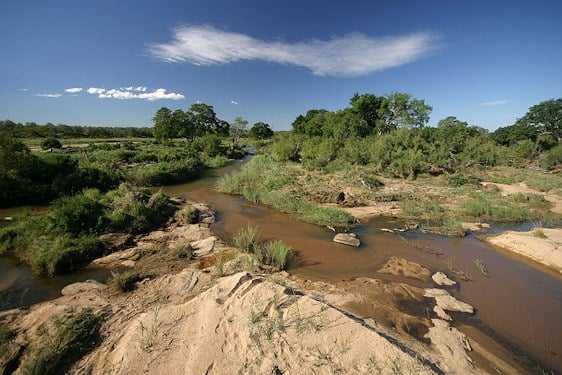
Napi
The Napi wilderness trail tears across the undulating granitic landscape between the Skukuza and Pretoriuskop rest camps in the southern Kruger, departing from the latter. The prevalence of the Biyamithi and Napi rivers means picturesque meanderings and immense riverine trees. Seasonal pans lure black and white rhinos to the area, ensuring fantastic big game sightings, while thick-billed cuckoo and red-billed helmet shrikes roost in the woodland and tamboti thickets. The portentous calls of giant eagle owls and barred owls often enhance evenings in camp.
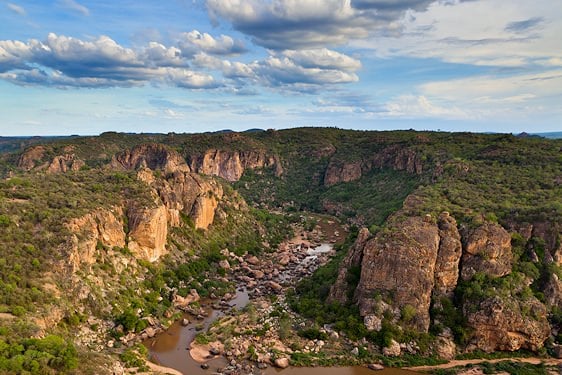
Nyalaland
The remote and out-of-the-way Wilderness Trail's Camp is situated between Punda Maria Rest Camp and Pafuri. The spectacular Lanner and Levhuvhu gorges along the Levhuvhu River are popular attractions. The camp is hidden in a secluded spot on the Madzaringwe River, with the towering cliffs of the Soutpansberg Mountains forming the backdrop. Punda Maria Rest Camp is the departure point for this trail. The area is one of the best in the country for bird watching, and various localized species such as Verreaux's eagle, Pel's fishing owl, gray-headed parrot, mottled spinetail, and more can be seen. The spine tails roost inside the giant baobab tree near camp and may be observed at leisure.
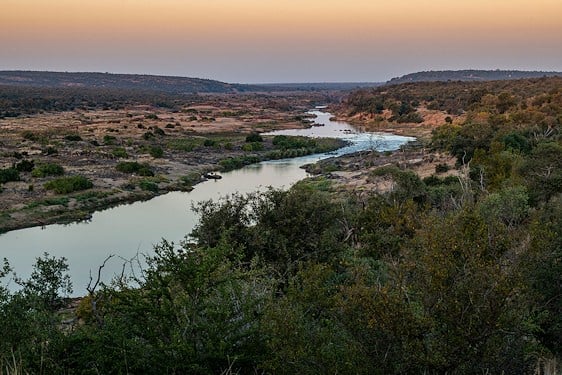
Olifants
The Olifants wilderness trail follows the perennial Olifants and Letaba rivers in the heart of the Kruger National Park. The trail departs from Letaba Rest Camp and explores a diverse wilderness area replete with remote valleys, dramatic gorges, the rolling ebb of the Lebombo Mountains, and even flat open plains ideal for unobstructed game viewing. As the rivers tend to form the focal point of the trail experience, sightings of crocodiles and hippos are frequent. The pealing laughter of the African fish eagle provides an occasional hypnotic interlude.
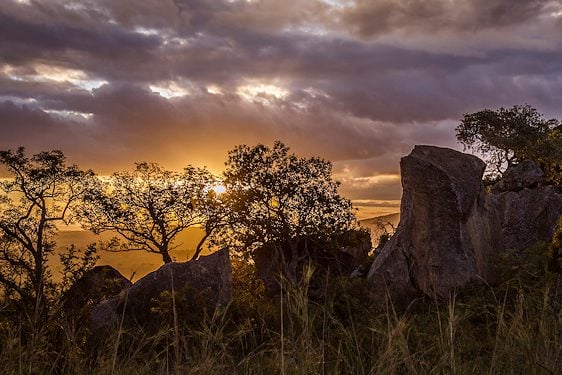
Sweni
The Sweni River forms the main feature of the Sweni wilderness trail, which departs from Satara Rest Camp. The river trundles through thorny acacia savanna that draws large herds of plains game, attracting the predators that prey upon them. Most guests on the Sweni trail will relish the reverberation of lion roars herd around the tiny camp at night. The calls of Mozambique night jars and Scops owls add to this captivating wilderness soundtrack. Should you thus awaken in the dark, the remote, flat surroundings are ideal for stargazing.
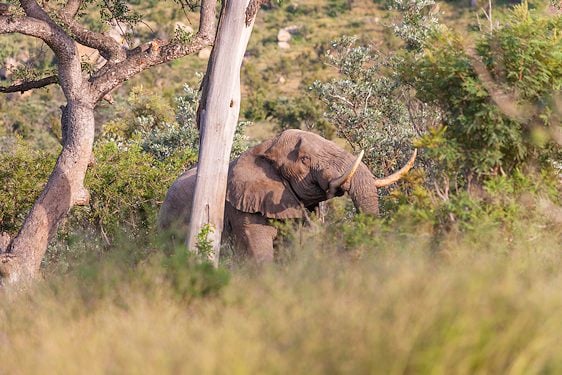
Wolhuter
The oldest of all, the wilderness trails, Wolhuter is situated roughly between Berg-en-Dal, Ship mountain, and the Afsaal picnic site. It is named after the first ranger that was appointed in the Sabie Game Reserve, Harry Wolhuter. Wolhuter single-handedly killed a lion with his hunting knife while on horseback patrol. It is a spectacularly scenic wilderness area characterized by high granite outcrops with deep valleys. White and black rhinos are frequently encountered in the Wolhuter wilderness area, particularly the former. Elephants and buffalo are also regularly seen, as are rare antelope like sable, mountain- and common reedbuck.









